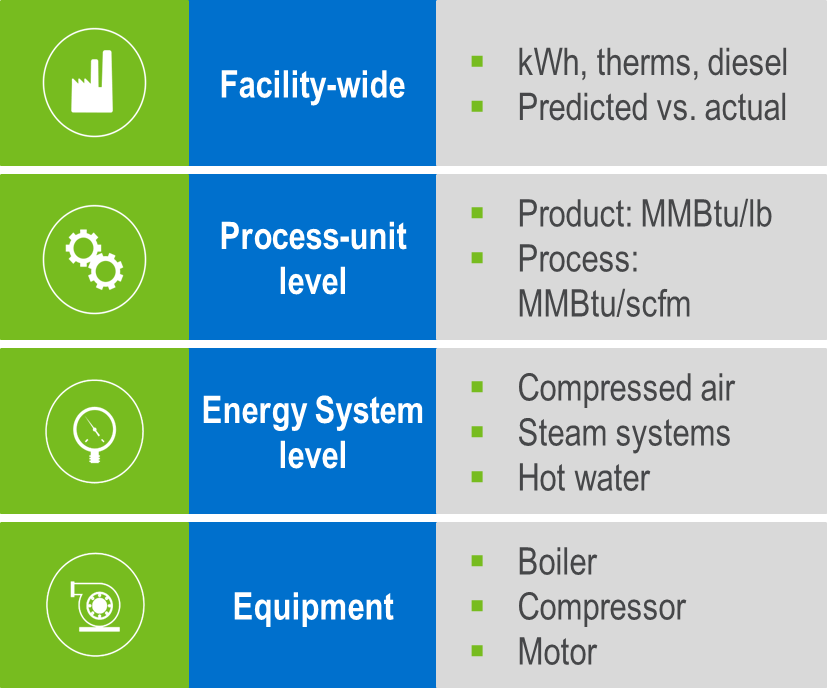Energy efficiency: how does your business measure up?
January 10, 2018
When manufacturers improve their energy efficiency, they improve their competitiveness.
Simply put, reducing the running costs of an industrial facility means that you get "more bang for your buck".
But how can a manufacturer know if its performance is ahead of its rivals or falling behind?
In an article for Industry Week, Keith B. Belton, director of the Manufacturing Policy Initiative in the School of Public and Environmental Affairs (SPEA) at Indiana University, says that the US government collects information on energy use at the facility level, but is prohibited from revealing this in ways that disclose confidential information.
However, Belton cites two recent academic papers which show how this information is being used to evaluate established energy efficiency programmes and develop benchmarks of energy performance within an industry. Manufacturers can and do benefit from this information, he says.
The first paper, which has been accepted for publication in the journal Energy Policy, looks at the effectiveness of a US Department of Energy (DOE) programme that helps small- and medium-sized manufacturers to become more energy-efficient by providing free energy audits from universities across the country. This identifies opportunities to improve productivity, eliminate waste and save energy.
The researchers -- Nicole Dalzell of Wake Forest University and Gale Boyd and Jerome Reiter of Duke University -- developed a new technique for matching publicly available data from the DOE programme with confidential plant information collected in the US Census of Manufacturing.
And their analysis of the data confirmed the benefits of the energy audit, showing that participating facilities improved their energy efficiency performance over time relative to their peer companies in the same industry.
Further analysis could reveal the characteristics of companies that benefit most and the interventions that are most effective, according to Duke University.
The second paper, published in the journal Energy Efficiency, focuses on the Energy Star Energy Performance Indicators (EPIs), which are based on sector-specific industrial energy efficiency case studies.
As author Gale Boyd explains, "These case studies fill an important gap by estimating the distribution of efficiency using detailed, sector-specific, plant-level data. These estimated distributions allow Energy Star to create 'energy-efficient plant benchmarks' in a variety of industries using the upper quartile of the estimated efficiency distribution."
Boyd found that less energy-intensive sectors tend to exhibit a wider range of efficiency than those that are more energy-intensive. In other words, the greater the energy-intensity of the production process, the smaller the variation in energy intensity across companies.
This suggests that "even incremental improvements in energy use can provide a facility with a competitive edge," Belton noted.
To find out how AVReporter Energy Management Software can be used to reach your energy efficiency targets, please get in touch now.



